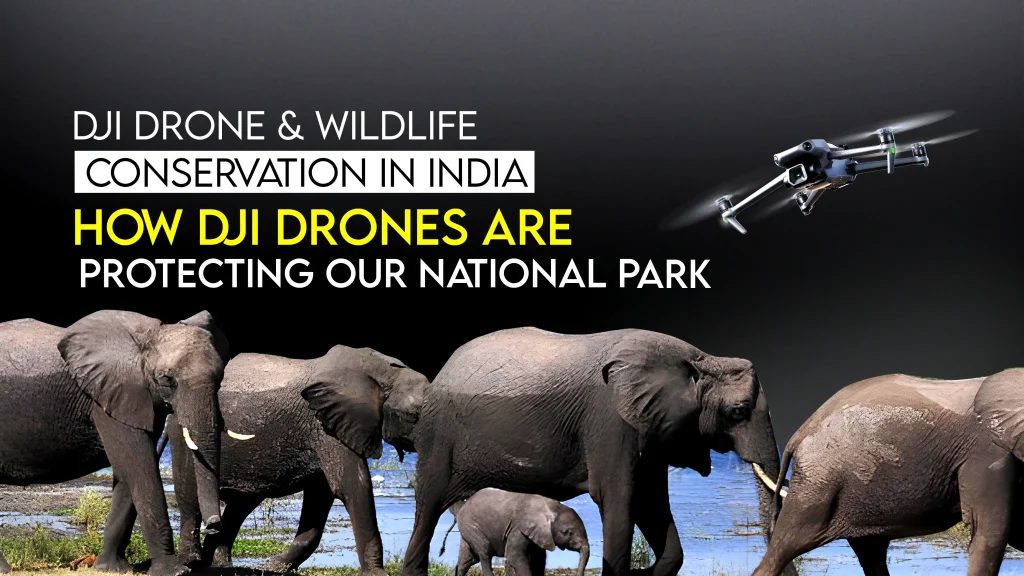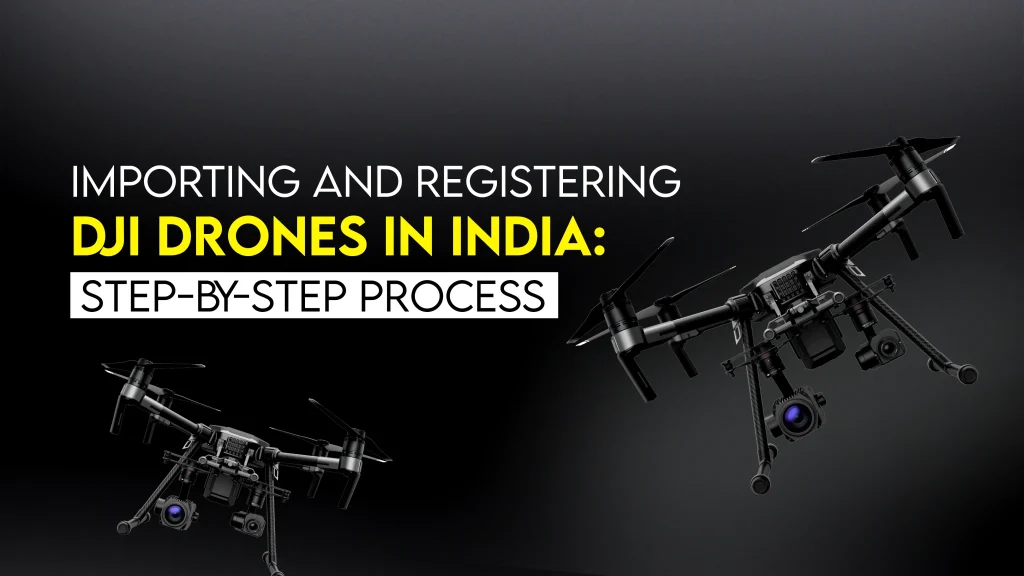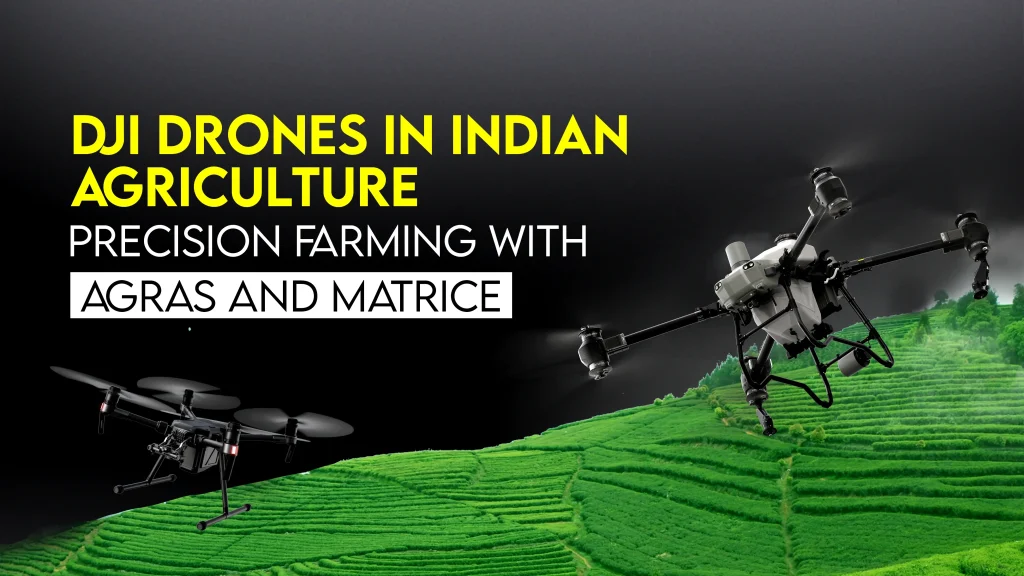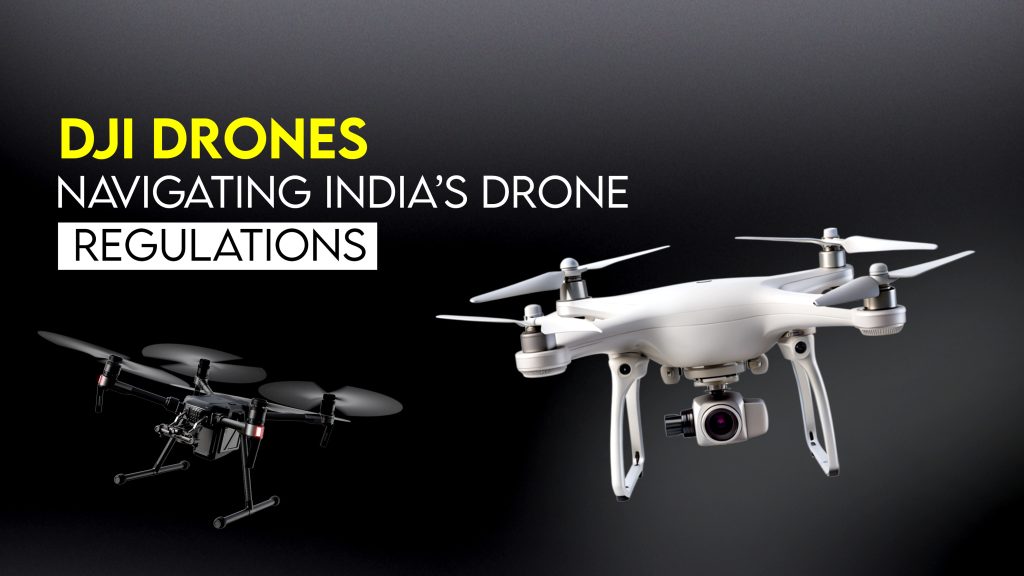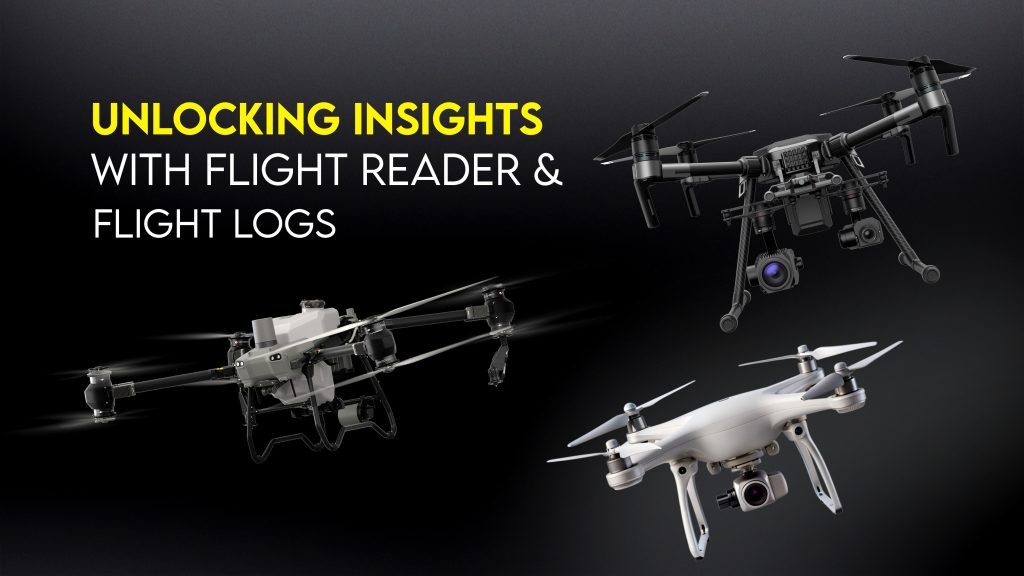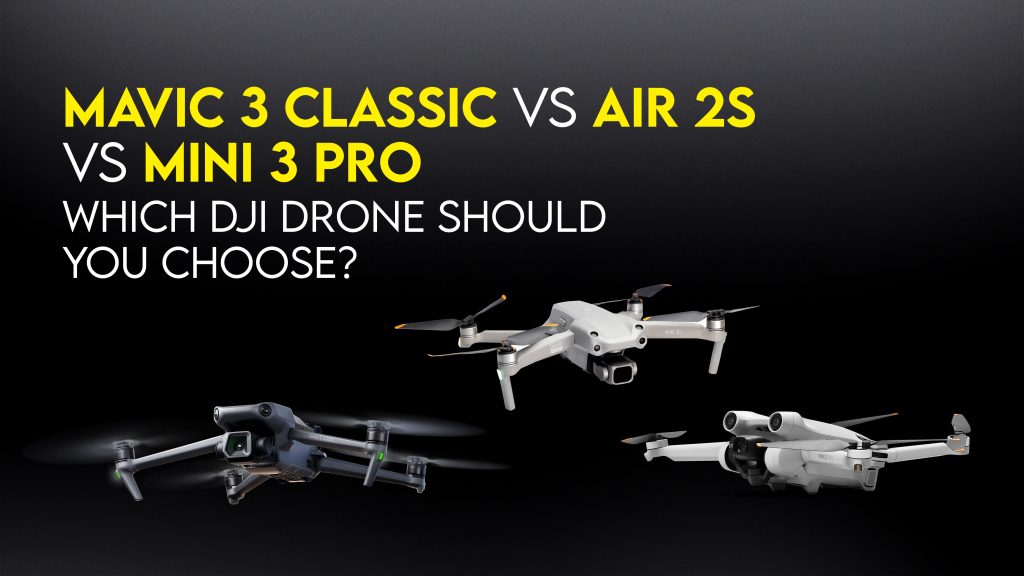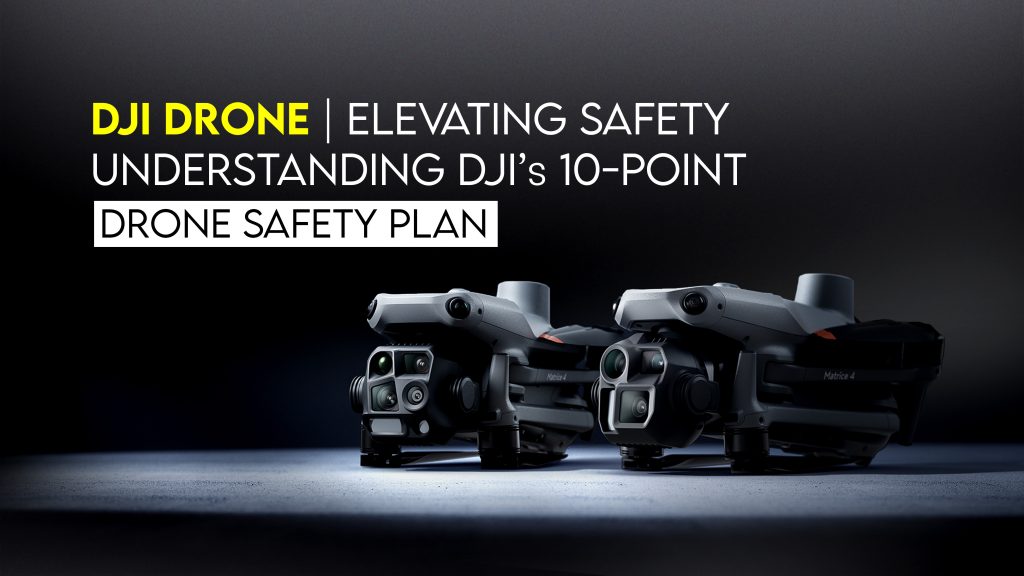DJI Drone and Wildlife Conservation in India: How DJI Drones Are Protecting Our National Parks
Introduction Imagine the dense forests of Jim Corbett or the serene grasslands of Kaziranga. Somewhere above the canopy, a DJI drone silently flies, capturing real-time visuals of elusive tigers and patrolling against poachers. In a country as biodiverse and vast as India, protecting wildlife is no small feat. From the Himalayas to the Western Ghats, …

